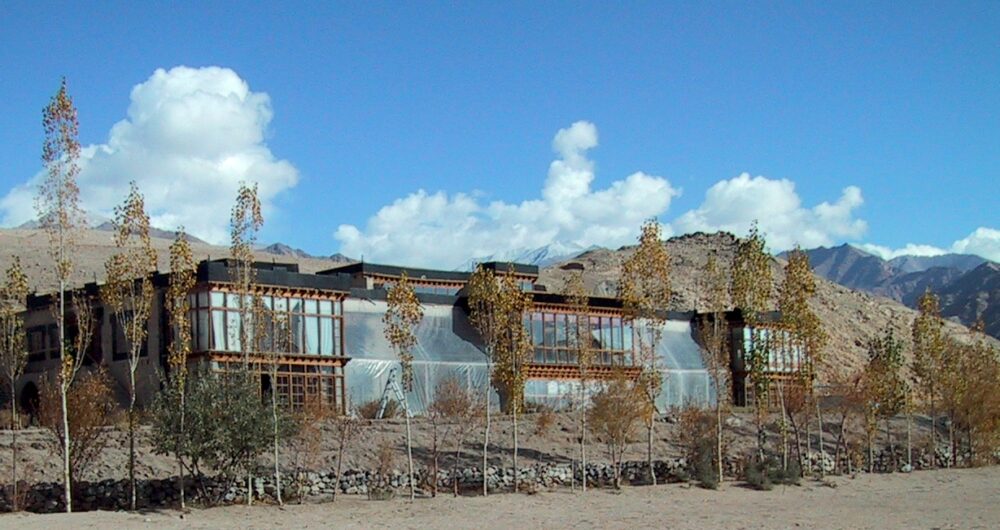Uncovering the Fascinating Wallace Line
The Wallace Line is primarily a hypothetical boundary line between Bali and Lombak in Indonesia that separates the fauna of Asia and Australia. This line got its name after a British naturalist, Alfred Russel who has discovered this invisible trench arround 160 years ago during a expedition in the Indonesian islands.
This imaginary Line spans across the islands of Bali and Lombok and runs through the Makassar Strait. On one side of this line the flora and fauna of Asia can be found whereas on the other side one can find Australian flora and fauna.
For example animals such as Tigers and Rhinos are found only on the asian side whereas on the other side kangaroos and wallabies.
There was a time during the Pleistocene epoch when the sea levels were lower and all these islands of Southeast Asia were interconnected with land bridges helping species to migrate across. However as this ocean trench between Bali and Lombak was way too deep the animals couldn’t cross and were restricted to their own regions. The geological, climatic in conjunction with evolutionary factors resulted in this separation.
Today, the Wallace Line is an essential landmark for scientists from fields of biology, ecology and geography.
In recent times the Wallace Line has become a very popular eco tourist destination as the islands surrounding it are home to a rich variety of flora and fauna. The area has numerous national parks and wildlife reserves established to protect the biodiversity of this region.
One can find rare and endangered species in the surrounding islands. This place is a popular destination for nature enthusiasts and researchers who can spend a good amount of their time in observing and studying this unique spread of flora and fauna of this region.
Photo by Giulio Fabi on Unsplash



